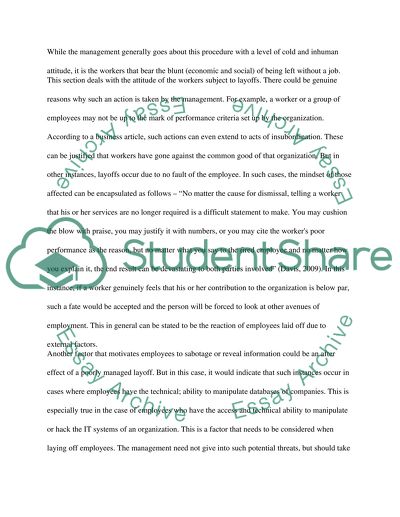Cite this document
(“The Layoff Procedure and the Effect of Layoff on Remaining Workers Assignment”, n.d.)
The Layoff Procedure and the Effect of Layoff on Remaining Workers Assignment. Retrieved from https://studentshare.org/human-resources/1455066-human-resources
The Layoff Procedure and the Effect of Layoff on Remaining Workers Assignment. Retrieved from https://studentshare.org/human-resources/1455066-human-resources
(The Layoff Procedure and the Effect of Layoff on Remaining Workers Assignment)
The Layoff Procedure and the Effect of Layoff on Remaining Workers Assignment. https://studentshare.org/human-resources/1455066-human-resources.
The Layoff Procedure and the Effect of Layoff on Remaining Workers Assignment. https://studentshare.org/human-resources/1455066-human-resources.
“The Layoff Procedure and the Effect of Layoff on Remaining Workers Assignment”, n.d. https://studentshare.org/human-resources/1455066-human-resources.


